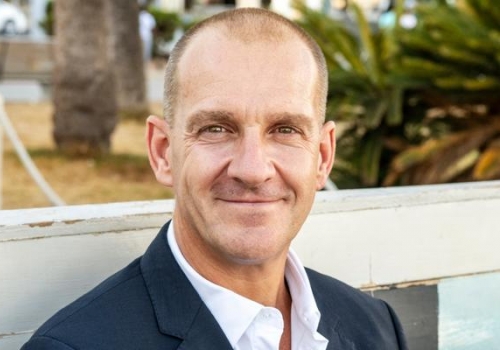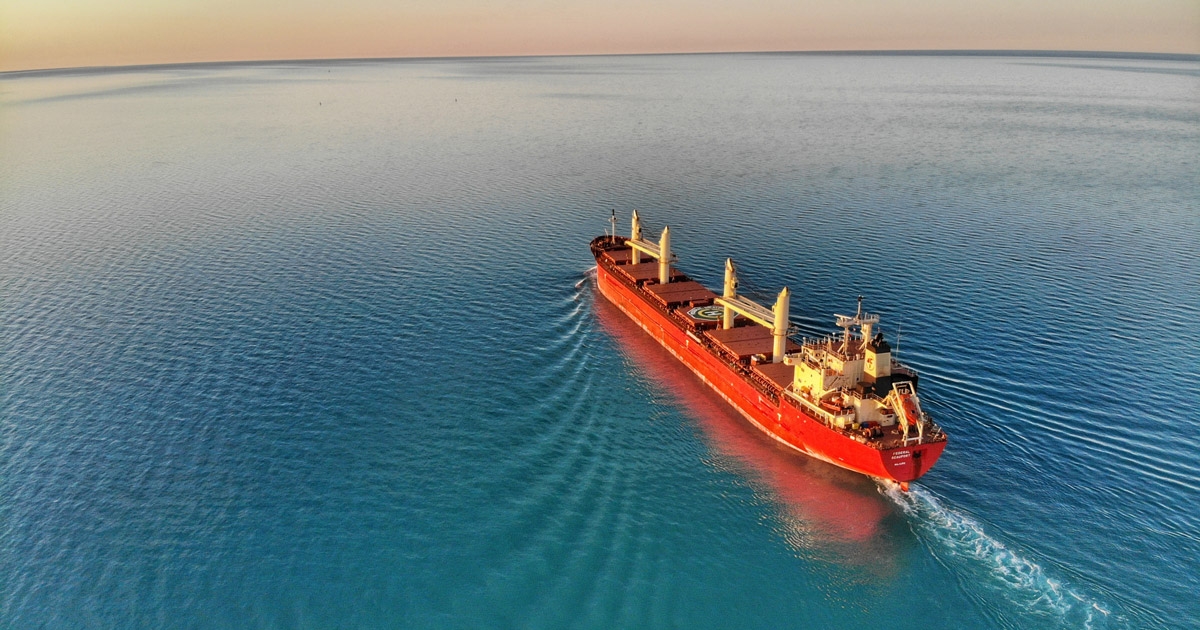Blue ESG: How to Avoid the Yacht Apocalypse

The superyacht industry has an image problem.
Perceived by many as a symbol of unbridled excess, arguments around job creation and trickledown economics simply don’t hold water while the planet is in meltdown.
Global warming is now universally regarded as a crisis and as the world aggressively seeks solutions, the yachting industry appears to be lagging behind. Though insiders might disagree, the fact is that any signs of real progress remain invisible to the observer and consequently, the industry is now facing those consequences head-on, whether it likes it or not.
Public opinion of yachting is at an all-time low, and over the past 12 months we’ve seen a significant rise in the number of environmental protests in superyacht marinas and at industry events. At the same time, the rules around access to finance are rapidly changing with lenders and insurers increasingly having to take into account an entity’s environmental credentials.
It's no wonder then that the industry is beginning to worry that the next generation might turn its nose up at superyacht ownership, putting its very existence in peril.
But all hope is not lost. A number of industry initiatives are driving change from within, most recently in the shape of Blue ESG.
What is Blue ESG?
Blue ESG is a ground-breaking new company offering an ESG reporting tool that, for the first time, offers a yachting-specific ESG framework. The company was founded by industry veteran Captain Nigel Marrison, after he became disillusioned with the blind eye that the yachting industry seemed to have turned to the environmental catastrophe unfolding around it. He decided that something had to be done.
The term ESG is an acronym for Environmental, Social, and Governance, which refers to a set of non-financial factors that investors and other stakeholders use to evaluate a company's environmental sustainability and societal impact.

Environmental factors include the company’s direct impact on the environment, such as its carbon footprint, its use of natural resources, and its waste management practices. Social factors include a company’s relationships with its employees, customers and local communities, while Governance refers to the company’s leadership and management practices.
Blue ESG’s unique methodology aligns with internationally recognised frameworks and IMO emissions regulations for merchant ships to provide a strategy applicable to yachts. This includes IMO’s requirement for a Ship Energy Efficiency Management Plan (known as SEEMP Part III) and rules for the ship’s Carbon Intensity Indicator (CII) targets.
How does Blue ESG work?
Blue ESG draws data from across a yacht’s operations to ultimately develop the yacht’s ESG score.
One size does not fit all, and as a starting point, Blue ESG defines vessel types, sizes and categories. From there, specific operating modes and profiles are offered.
These specific modes and profiles will account for routine operations on board a yacht including guests on and off, crew and guest activities, fuel and energy consumption, waste and water management, passage planning, navigation activities, and much much more. It will also address engine, machinery and systems management, amongst others.
In this way, Blue ESG uniquely measures not only the systems on board the yacht but also the people and their behaviour on the yacht. “The human element is really important because changing human behaviour is one of the easiest ways in which we can immediately reduce our CO2 emissions. For that reason, Blue ESG will provide guidelines, best practices and training for the people on board to reduce the yacht’s energy consumption. Data is king. If we can measure it, we can improve it,” Captain Marrison explained.
A key aspect of Blue ESG’s ‘Social’ reporting is in the yacht’s ‘Destination impact’, or put another way, it’s the manner in which a yacht affects the destinations it visits.
Rather than just measuring superficial social impacts such as the direct value of the yacht’s tier-one relationships with suppliers and service providers at a marina, Blue ESG also seeks to deepen the yacht’s relationships with local communities far beyond the port’s perimeter. “We want to create a deeper positive impact for the destinations that the yacht visits,” said Captain Marrison. “That involves adding and creating value for all of the stakeholders in a community, perhaps through supporting local projects, visiting local attractions, or connecting the yacht, its crew and its guests directly with the local community and environment so that economic benefits can be more widely and deeply distributed. We want Blue ESG to create an opportunity for a yacht to have a more positive impact and at a deeper level.”
This effort is a reflection of his own personal experiences. “I’ve often visited harbours where, when you step out of the community directly around the port, you find widespread, grinding poverty. I’ve always looked at that and felt that we must do more to help.”
“By capturing and analysing a cross-section of operational data from various sources on board the yacht, yacht operators and management teams are able to make fact-based decisions to improve the yacht’s ESG performance,” he continued. “Our data-driven and scientific ESG measurement strategy can improve the yacht’s performance and its efficiency, and ultimately, it secures the yacht’s reputation and ability to operate.”

Why Blue ESG?
According to Captain Marrison, yachts benefit from Blue ESG’s reporting in four main ways.
The first is a regulatory benefit. “By understanding its ESG measurements, a yacht can adopt a proactive approach to environmental impact transformation, giving it a distinct advantage as emissions and sustainability regulations continue to tighten.”
Secondly, a yacht can look forward to improved performance and overall efficiency, not only in terms of energy efficiency but also the efficiency of its human-led operations.
The third is financial and, as Captain Marrison explained, it’s one that will become increasingly important over time. “A superyacht ESG report may influence any valuation of the asset, its access to and best terms of finance and insurance, while also providing additional information on which an investor can base superyacht purchase and charter decisions.”
Finally, a yacht with a strong ESG report can avoid negative reputational consequences. “By maintaining credible, transparent ESG reporting, a yacht will improve its reputation and retain its license to operate.”
Yacht Net Zero 2050
Captain Marrison partnered with the experts at Lloyd’s Register in a collaborative project to develop a yacht operational decarbonisation strategy. “Along with data analysts and a decarbonisation team at Lloyd’s Register, I’m also collaborating with other captains and chief engineers, from both the commercial and superyacht communities, to develop the data collection system needed. We expect it to be ready for beta testing in time for the 2023 Mediterranean season,” he said.
In addition to his collaboration with Lloyd’s Register, Captain Marrison has also partnered with its peer, SEA Index, as well as several yacht captains and chief engineers drawn from both commercial and yachting communities to design and develop Blue ESG’s ‘Carbon Intensity Indicator’. This is the tool that will measure a yacht’s carbon output.
Taking ownership
In closing, Captain Marrison pointed to a recent statement by Maersk Mc-Kinney Moller CEO, Bo Cerup Simonsen, drawing attention to the importance of ESG and the marine industry. “ESG compliance can drive commitment and action towards decarbonisation (in order to meet stakeholder expectations)... It is increasingly becoming a license to operate.”
Concluding, Captain Marrison said: “For that reason, it’s very important that the industry should be transparent in how it responds to ESG requirements and stakeholder demands. As an industry, we need to hold our hands up and say, ‘Ok, we understand the problem. We’re being accountable and taking ownership of it, and we’re taking action.’”


Post your comment
You cannot post comments until you have logged in.
Login to post a commentComments
No one has commented on this page yet.
RSS feed for comments on this page | RSS feed for all comments